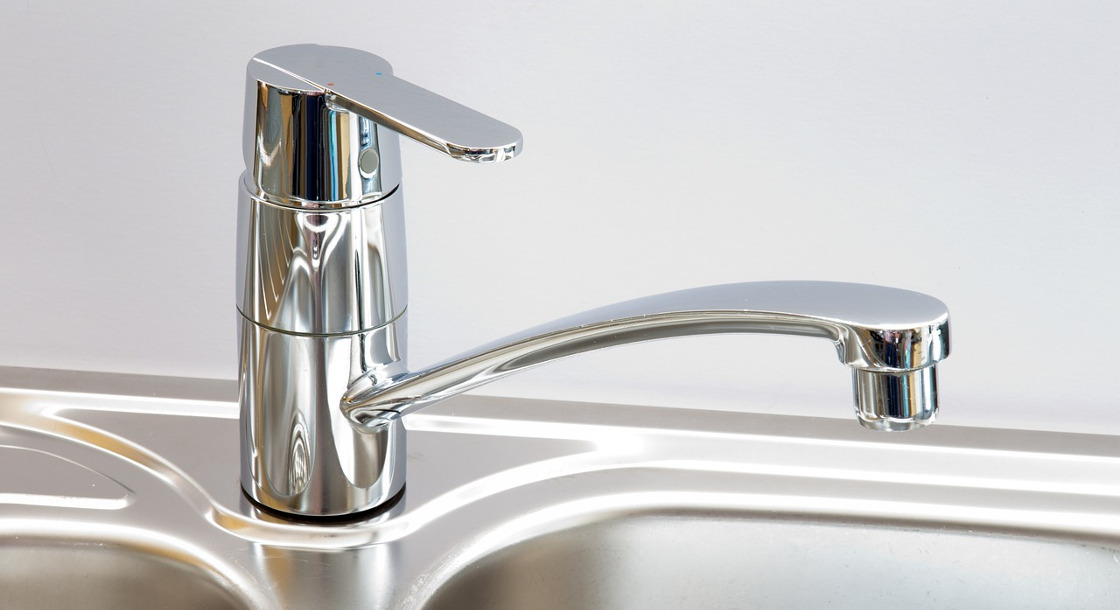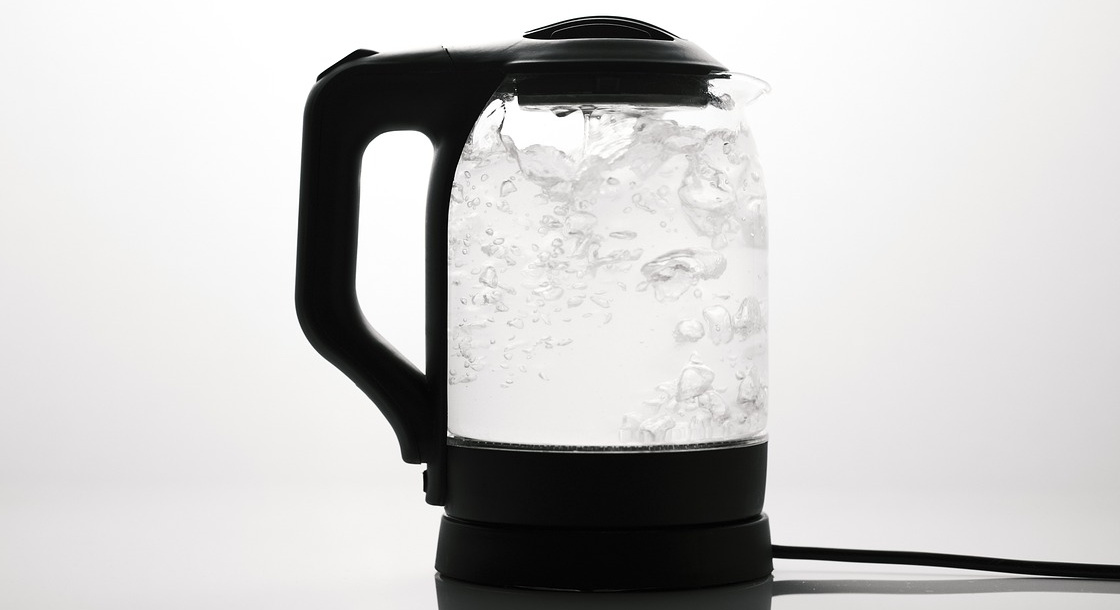When the weather starts to turn cold, knowing how to thaw frozen pipes quickly and safely can prove to be extremely useful. Not only are frozen pipes an inconvenience due to not being able to get water to your taps, but the build-up of pressure can result in the pipe leaking or even bursting.
If you have ever had to deal with a heavily leaking pipe at 4 o’clock on a freezing cold morning, you will not want to experience it again. This guide shows you how to safely thaw frozen pipes quickly, easily, and safely.
Why Do Frozen Pipes Burst?
Water pipes freeze because they are not insulated or lagged correctly, or they are in an area that isn’t properly insulated like a loft or attic space. Central heating pipes can freeze if the heating is not used for long periods during cold weather.
When water freezes it expands in volume by around 10%. This is not a problem if there is space for the expansion to occur, but in an enclosed space (such as inside a pipe) something will have to give. Often, the expansion of the ice in a pipe will follow the path of least resistance i.e. along the length of the pipe. If, however, there is any sort of obstruction to this length-way expansion, it can cause the pipe to split or burst.
But it is not just the ice that can cause the pipe to burst. The water can also be forced under enough pressure to split a copper pipe. The water behind the blockage (between the source and blockage) is not the problem, as it can normally retreat back to the source. The water trapped between the ice and the tap/faucet, however, can be compressed enough to burst joints or the pipe itself.
How Do You Know a Pipe is Frozen?
There are several signs you should look out for that point to a water pipe being frozen. Some of these may seem obvious, but can also be related to other plumbing problems. It is always best to check, rather than just assume frozen water is the problem. Signs of a frozen water pipe include:
- Water not coming out of one or more taps (or coming out very slowly.)
- The central heating boiler stops working unexpectedly.
- The toilet won’t refill after it is flushed.
- Ice or frost forming on the outside of visible pipe runs.
Before you start to hunt around the house to find a frozen pipe section, check with your local water authority to ensure that no scheduled work is being carried out (your water supplier should pre-warm you if there will be a loss of supply.) Check with your neighbours as well, to make sure the problem is only within your property.

How to Locate the Frozen Section
Unless you see water leaking from somewhere, the first sign that your pipes are frozen will likely be when you go to turn on a tap during cold weather and no water comes out. Don’t assume that the problem will fix itself as the day warms up, act immediately to find and fix the frozen pipe.
The first thing you need to do is determine whether this is an isolated problem. Try every tap in the house to see if they are flowing freely or not. If they are, then your job just became much easier. If not, then you might want to consider calling a plumber.
Assuming the problem is isolated to a single outlet, you can start to try to determine where the problem is on that particular pipe run. This may be fairly obvious if, for example, only one section of the pipe is exposed or uninsulated. It may be possible to feel along the pipe to find the coldest section, or actually see ice forming on the outside of a pipe. If you cannot find an obviously frozen section, you may just need to warm all of the accessible pipework.
How to Thaw a Frozen Water Pipe
Once you have located the frozen section, you can begin to carefully thaw it out.
First, open the tap that is affected by the frozen pipe, so the water can start flowing as soon as it begins to thaw. This not only lets you know that you are working in the right area but will also immediately relieve pressure and can help to speed up the blockage-clearing process.
You now need to apply heat to the pipe to begin the thawing process. You can do this in a number of different ways, depending on what you have to hand.
Option 1 – If you have access to very hot or boiling water, soak a towel in a bucket of it, wring it out slightly, and wrap it around the frozen section of the pipe. Repeat this process as the towel cools down, using fresh hot water, until the water begins to flow. Leave the hot towel in place until the flow of water is back to normal. Be careful when handling the towel after it is soaked in boiling water to avoid burns.
A safer way to do this, if you can get a bucket underneath the pipe, is to wrap the dry towel around the pipe, and then pour the boiling water over the towel to heat it.

Option 2 – If you have an electrical outlet close to the frozen section of the pipe, you can apply heat directly using a hairdryer. Use it on the hottest setting and move the heat along the pipe (from the tap downwards) until the water begins to flow. If you don’t know the exact location of the frozen area, just work slowly along the whole length of the pipe with the hairdryer.
Option 3 – If you don’t have a hairdryer handy, and the pipe is low down, you can place a portable electric heater in front of the frozen section. If the pipe is against a wall, placing an old baking tray or sheet of aluminium foil behind the pipe can help reflect the head and speed up the thawing.
Warning – Never apply heat to the pipe (and the water inside) too intensely. Using something like a portable blowtorch can heat the water much too quickly, potentially causing it to boil and the pipe to explode. Using a blowtorch anywhere near joints in copper piping can also cause the solder to fail and the joint to leak. If a blowtorch is your only option, use a flame spreader (if available) and keep the flame moving at all times, and away from joints.
What to Do When Water Starts to Flow
Keep heating the pipe until the water seems to be flowing as it normally would, and then leave it running for a few minutes to ensure the blockage is completely clear (and all ice has melted). If ice is left in the pipe, and heat is removed, it could fairly quickly refreeze the surrounding water and cause a new blockage.
How to Prevent Pipes Freezing Again
Prevention is always better than cure, but even insulating (or lagging) your pipes after a freeze is better than not insulating them at all. You can buy pipe insulation material fairly cheaply, and it is quite easy to fit. It doesn’t look very attractive, so if the pipes are in a visible area, you might want to consider adding the insulation and then boxing in the pipework.
If you are going to be away from home during very cold weather, and you are worried about pipes freezing and bursting when you are not there to fix them, you can drain the plumbing system. This is a fairly easy task, as is refilling the system when you return to your house.







